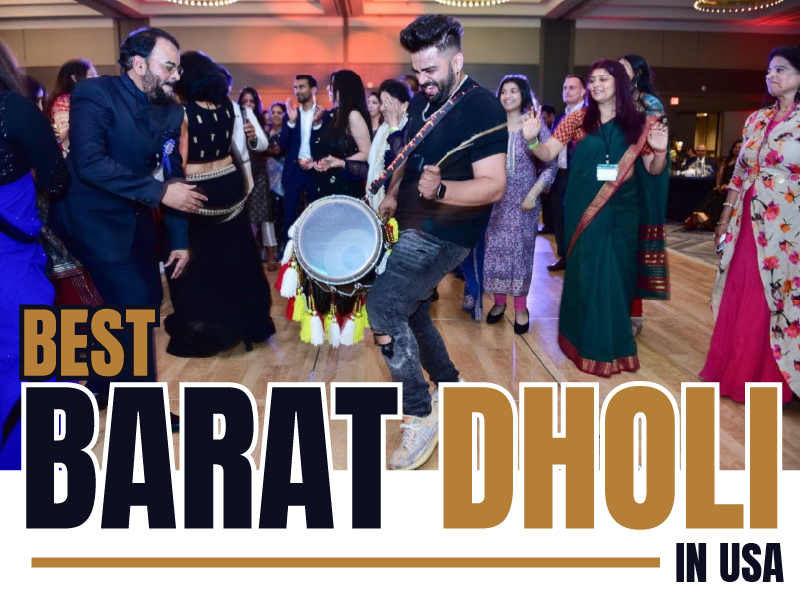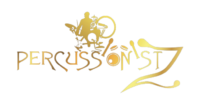
1. Master Basic Rhythms and Techniques
- Start with foundational beats like the chaal rhythm, essential in Punjabi music.
- Use two sticks: the dagga (thicker, for bass) and tilli (thinner, for treble) to create contrasting sounds.
- Practice variations, improvisations, and syncopation to keep the energy dynamic and engaging.
- Use a metronome to maintain a steady tempo and build muscle memory.
2. Practice Schedule
- Dedicate daily practice sessions, starting slow for accuracy and gradually increasing speed.
- Include warm-up exercises to prepare your hands and wrists.
- Listen to accomplished dhol players for inspiration and to develop your style.
3. Physical and Mental Preparation
- Maintain your instrument by tuning drumheads and cleaning regularly for clear sound.
- Dress comfortably and use ergonomic straps or stands to reduce fatigue.
- Mentally prepare to engage and energize the audience with your presence.
4. Performance Coordination
- Communicate with DJs, other musicians, or event coordinators to synchronize your performance.
- Plan key moments for tempo shifts and dynamic changes to match the event flow.
- Be ready for outdoor or indoor sound setups with microphones or amplification as needed.
5. Unique Style and Confidence
- Develop your unique flair by experimenting with rhythms and beats.
- Engage the crowd actively, as performance is about energy, not just technical skill.
- Remember, mistakes happen; maintain confidence and keep the momentum.
Following these steps ensures a lively, culturally rich, and memorable dhol performance that enhances any event. For deeper learning, video tutorials and practice guides are highly recommended.
Would you like a beginner’s rhythm sheet or a suggested practice routine?Preparing for a professional dhol performance involves mastering core rhythms, physical readiness, and coordinating with event setups. Key preparation steps include:
- Learning basic rhythms like the chaal and bhangra beats using the dagga (bass) and tilli (treble) sticks.
- Practicing daily with a metronome for steady tempo, gradually increasing speed while maintaining accuracy.
- Maintaining the dhol by tuning and cleaning it regularly.
- Preparing physically with warm-ups and ergonomic supports to prevent fatigue.
- Coordinating with other musicians or DJs for seamless integration at events.
- Engaging the audience confidently, using tempo changes and improvisations to energize the crowd.
This approach ensures a dynamic and authentic performance that enhances weddings and cultural celebrations.
